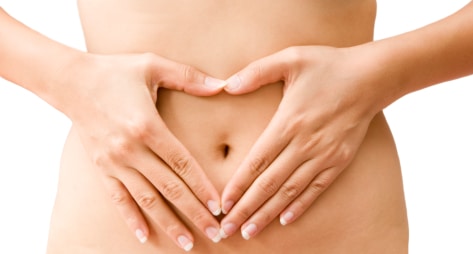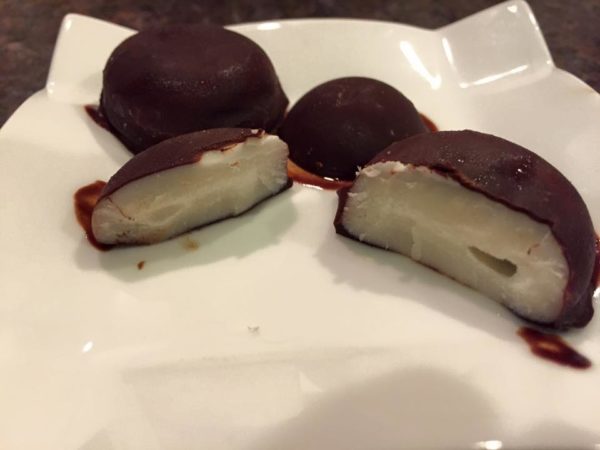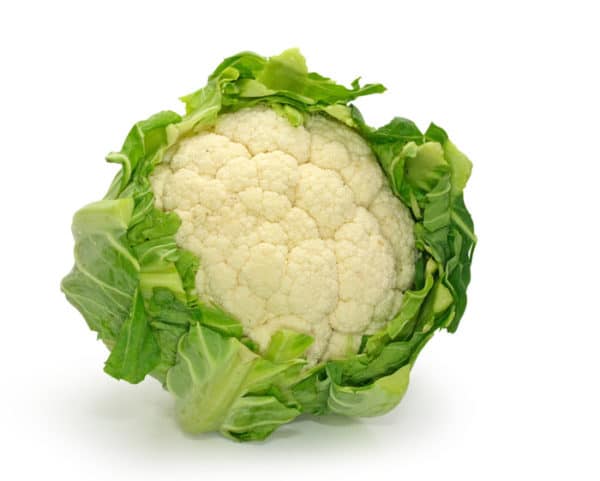
A well-planned, low-carb diet rich in green vegetables and whole, plant-based fats has many positive side effects it can stabilize blood sugar, alkalize the tissues, and improve bodily functions because your organs are getting an abundance of nutrients. However, reducing carbs and increasing protein will change which balance of bacteria living in your gut.
Steph Jackson, one of our Nutritional Endocrinology practitioners known as the “Gut Whisperer,” weighs in on the impact of low-carb diets on the microbiome and provides tips for feeding friendly gut flora.
The difference between dysbiotic and probiotic bacteria
“Bad” bacteria are called dysbiotic (literally means “bad life) because they interfere with healthy body functions. Dysbiotic bacteria and parasites cause body-wide symptoms but one of the most dire ones is metabolic disorders.
Bad bacteria feed on sugar so they can contribute to physiology that causes insulin resistance and ensures they have a steady supply of sugars in their host.
Alternatively, “good” or probiotic bacteria promote healthy body functions like appetite control and fat burning.
Low carb diets risk for microbiome
By definition, a keto diet means increasing fat and protein intake and reducing complex carbohydrates. However, these dietary changes can feed the wrong bacteria and starve the good bacteria.
More protein in the diet can break down in the gut and ferment into alcohol that feeds bad bacteria like clostridium and E.Coli and parasites. Unfortunately, the byproducts of protein digestion selectively do not feed more of the friendly bacteria like Bifido that help heal the gut lining.
Friendly bacteria feed on carbs- but how do you get enough of these carbs on a low-carb lifestyle?
The right kind of carbs for a healthy gut
The key to promoting the good bacteria while maintaining a low-carb diet is to introduce the right type of carbohydrates- long chain carbohydrates like inulin and resistant starch- and lowering simple sugars found in the carbs. First let’s explore the special carbohydrates known as prebiotics which feed good bacteria.
Resistant Starch
Not many of us have ever heard of resistant starch, but they are found in founds like raw plantains and green bananas. In addition, you can create resistant starch in high glycemic foods like rice and potatoes by cooking and cooling them before eating them.
Inulin
Another prebiotic carb is inulin, found naturally in jicama, garlic, and asparagus. You can also find inulin as a supplement and it’s extracted from chicory root fiber.
Incorporating prebiotics in a low-carb meal plan
Steph recommends taking in at least 20 grams of resistant starch per day to nourish a healthy gut, but for most of us, raw green bananas and cooled potatoes are not typically on the menu.
Consider treating long-chain carbs as supplements. You can find green banana powder and add that to smoothies or use raw plantain flour in your raw wrap recipes.
You can also take high glycemic foods that have resistant starch in them, like potatoes and lentils, and ferment the simple sugars out.
Ferment the simple sugars out of carbohydrates
If you would still like to feed friendly bacteria without absorbing the simple sugars that can spike your blood sugar, you can ferment a lot of carbs like lentils, potatoes, and sweet potatoes.
Bacteria eat the simple sugars first, so by adding bacteria to higher glycemic food and fermenting them, you reduce the amount of simple sugar in the end result and create a probiotic-rich food to boot.
Steph teaches these techniques and recipes in her Friendly Flora Collective, which is available by monthly subscription.
Optimize protein digestion
In order to avoid the excess protein byproducts in the gut that feed dysbiotic bacteria, it’s critical to optimize protein digestion in the stomach and small intestine. Protein digestion begins in the stomach and relies on adequate hydrochloric acid (HCl). Protein digestion is completed in the small intestine, where we need enough proteolytic (protein-breaking) enzymes. To learn more about stomach acid and enzymes, check out our GRAND program.
Share this:

Are you feeling stuck?
Do you feel as if something is missing from your practice that's keeping you from delivering breakthrough outcomes for your clients?.
Recent Posts
Our Programs
Nutritional Endocrinology Practitioner Training (NEPT)
The Mastery and Certification tier is our flagship program and provides everything you need to feel confident as a practitioner who knows how to get results that lead to healthy and happy clients.
Functional Assessment Mastery
Explore the relationships between the most important hormones and their relationship with nutrition.
Functional Nutrition Mastery
Learn how to support your clients to eat and supplement in a way that reduces and eliminates chronic symptoms.
Medical Disclaimer: The information on this website is not intended to replace a one-on-one relationship with a qualified health care professional and is not intended as medical advice. It is intended as a sharing of knowledge and information from the research and experience of Dr. Ritamarie Loscalzo, drritamarie.com, and the experts who have contributed. We encourage you to make your own health care decisions based upon your research and in partnership with a qualified health care professional.
Disclosure: Sometimes (but not always), when I share resources in my programs, newsletter, and on my website, I'm using an affiliate link, which means I do make money if you buy. My credibility is extremely important to me; therefore, I only endorse the products, services, and people I believe in. DrRitamarie.com is independently owned and the opinions expressed here are my own.
Click here to see our Privacy Policy.










